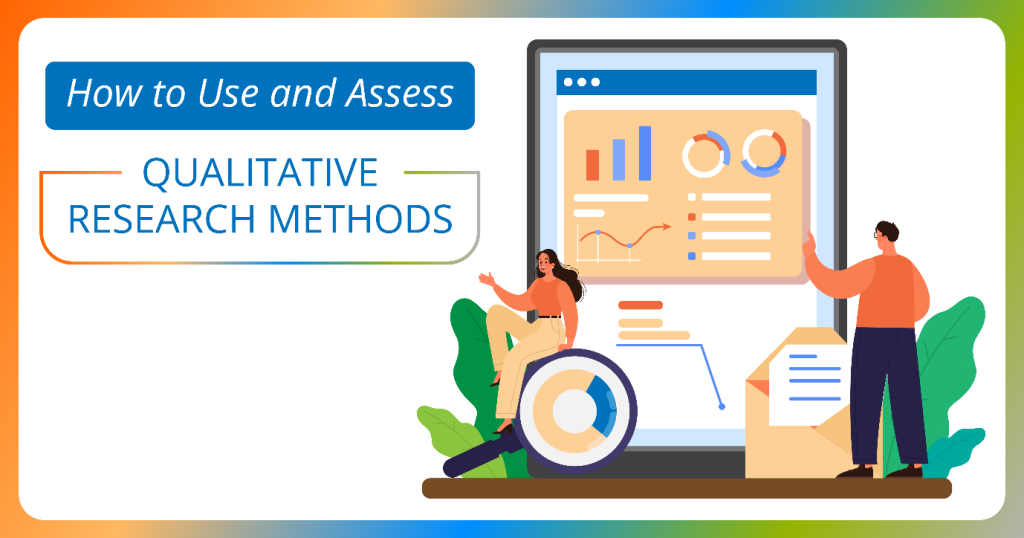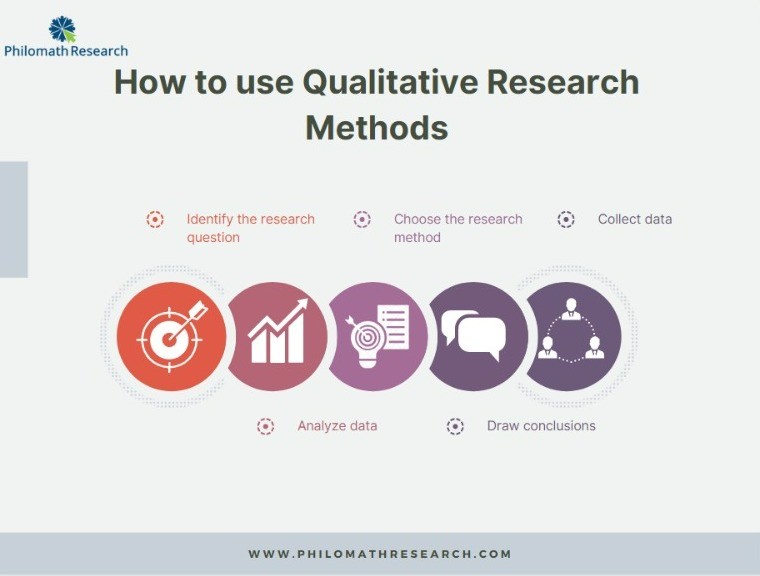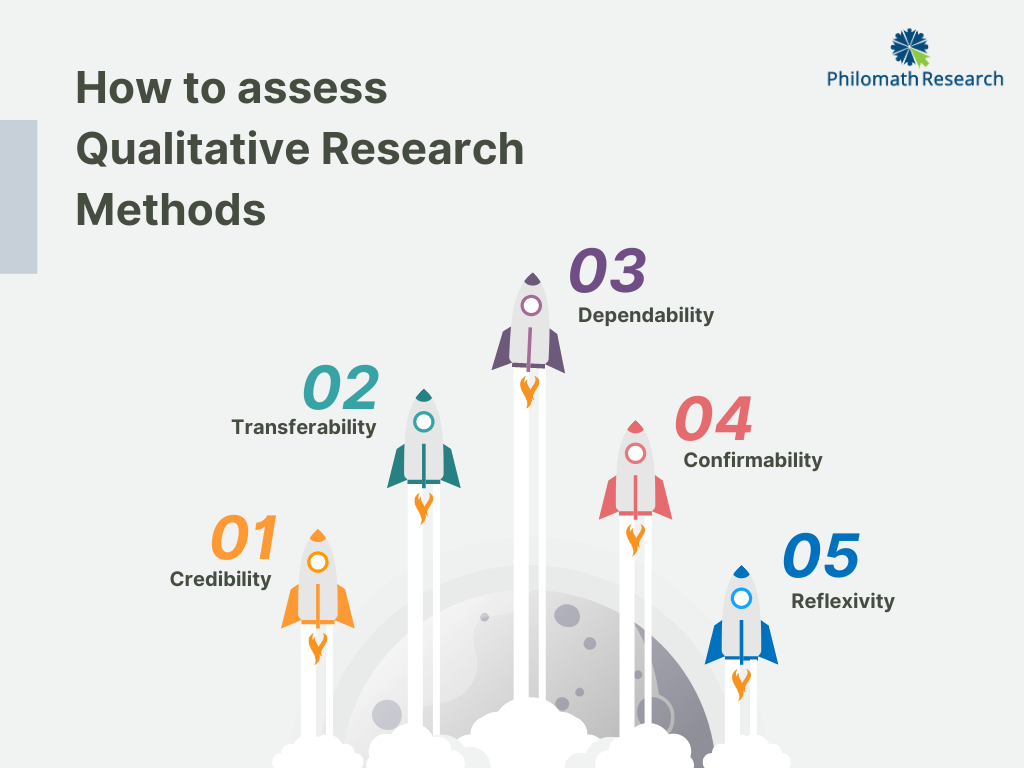
How to Use and Assess Qualitative Research Methods

Qualitative research methods are a powerful tool to investigate the complexities of human experience and behavior. Unlike quantitative research methods, which rely on numerical data and statistical analysis, qualitative research methods aim to capture the richness and depth of individual perspectives and experiences. In this blog post, we will explore how to use and assess qualitative research methods.
What is qualitative research?
Qualitative research is a type of research that aims to understand human experience and behavior through observation, interviews, and analysis of text and other types of data. Qualitative research methods can be used in a variety of fields, including social sciences, education, health, and business.
Qualitative research typically involves collecting data through methods such as interviews, focus groups, observation, and document analysis. The data collected are often non-numerical and require careful analysis to identify themes and patterns.
How to use qualitative research methods

1. Identify the research question: The first step in conducting qualitative research is to identify the research question. The research question should be clear, specific, and relevant to the field of study.
2. Choose the research method: There are several methods for collecting qualitative data, including interviews, focus groups, observation, and document analysis. The choice of method will depend on the research question and the type of data that need to be collected.
3. Collect data: Once the research method has been chosen, data can be collected. This can involve conducting interviews, observing behavior, or analyzing documents. Data collection should be conducted in a systematic and rigorous manner to ensure that the data collected are reliable and valid.
4. Analyze data: Once the data have been collected, they need to be analyzed. Qualitative data analysis involves identifying themes and patterns in the data. This can be done through techniques such as content analysis, grounded theory, and thematic analysis.
5. Draw conclusions: The final step in qualitative research is to draw conclusions based on the data collected and analyzed. Conclusions should be based on the data and should be supported by evidence.
How to assess qualitative research methods
Assessing qualitative research methods can be challenging because the data collected are often subjective and difficult to quantify. However, there are several criteria that can be used to assess the quality of qualitative research.

1. Credibility: Credibility refers to the extent to which the research findings are believable and trustworthy. To assess credibility, the researcher should provide a clear description of the research methods used and should demonstrate that the data collected are representative of the phenomenon being studied.
2. Transferability: Transferability refers to the extent to which the research findings can be transferred to other settings or populations. To assess transferability, the researcher should provide a clear description of the context in which the research was conducted and should demonstrate that the findings are relevant to other contexts.
3. Dependability: Dependability refers to the extent to which the research findings are consistent over time and across different researchers. To assess dependability, the researcher should provide a clear description of the research methods used and should demonstrate that the findings are consistent with other studies.
4. Confirmability: Confirmability refers to the extent to which the research findings are objective and unbiased. To assess confirmability, the researcher should provide a clear description of the research methods used and should demonstrate that the findings are not influenced by the researcher’s biases or assumptions.
5. Reflexivity: Reflexivity refers to the extent to which the researcher is aware of their own biases and assumptions and how they might influence the research findings. To assess reflexivity, the researcher should provide a clear description of their own positionality and how it might influence the research findings.
Conclusion
Qualitative research methods are a valuable tool for investigating human experience and behavior. When using qualitative research methods, it is important to carefully choose the research method, and collect data in a systematic. For more information, reach us at www.philomathresearch.com